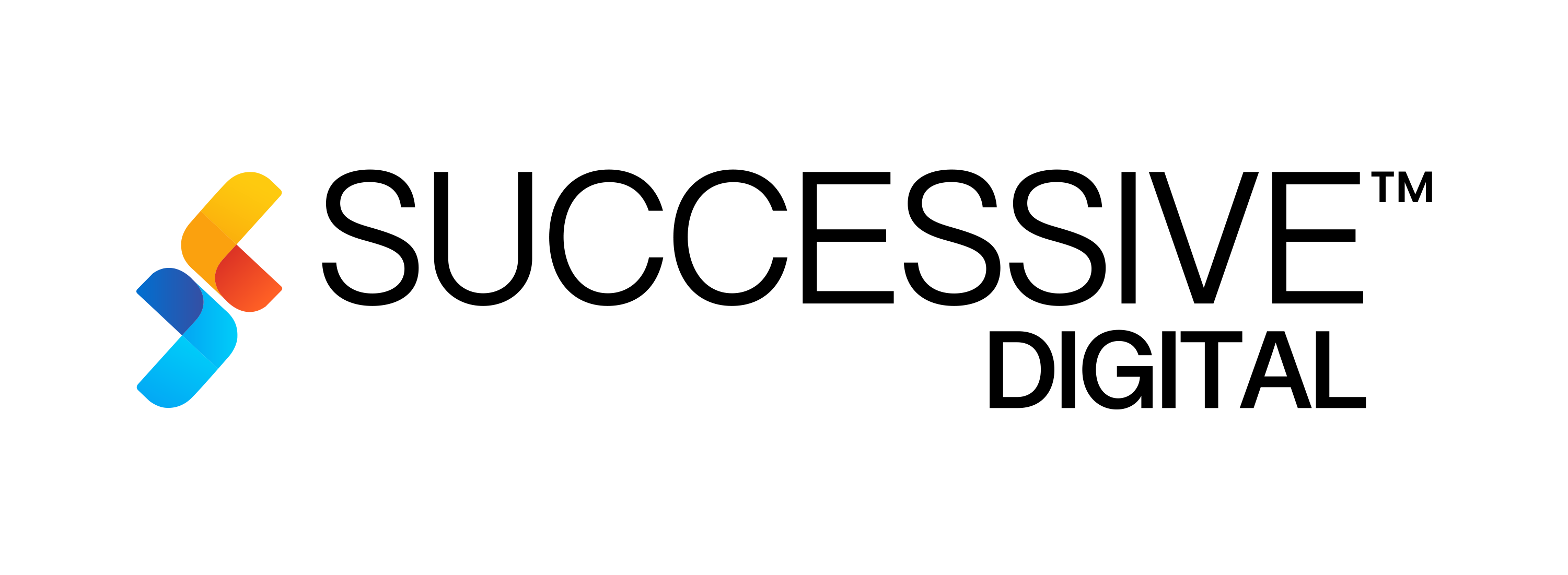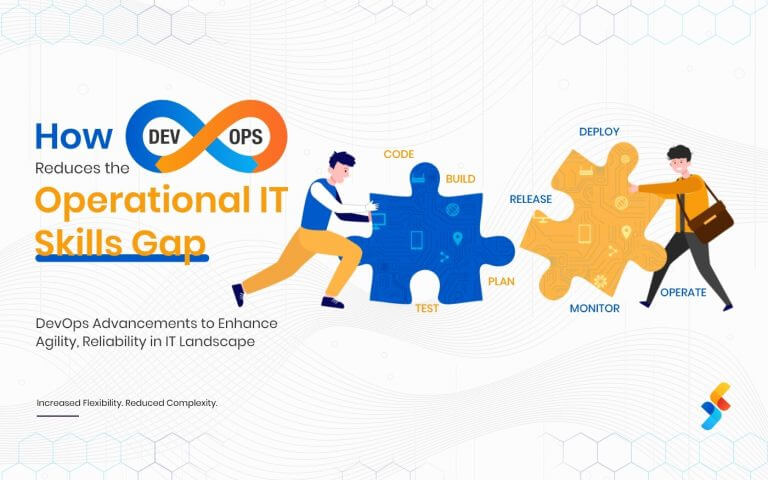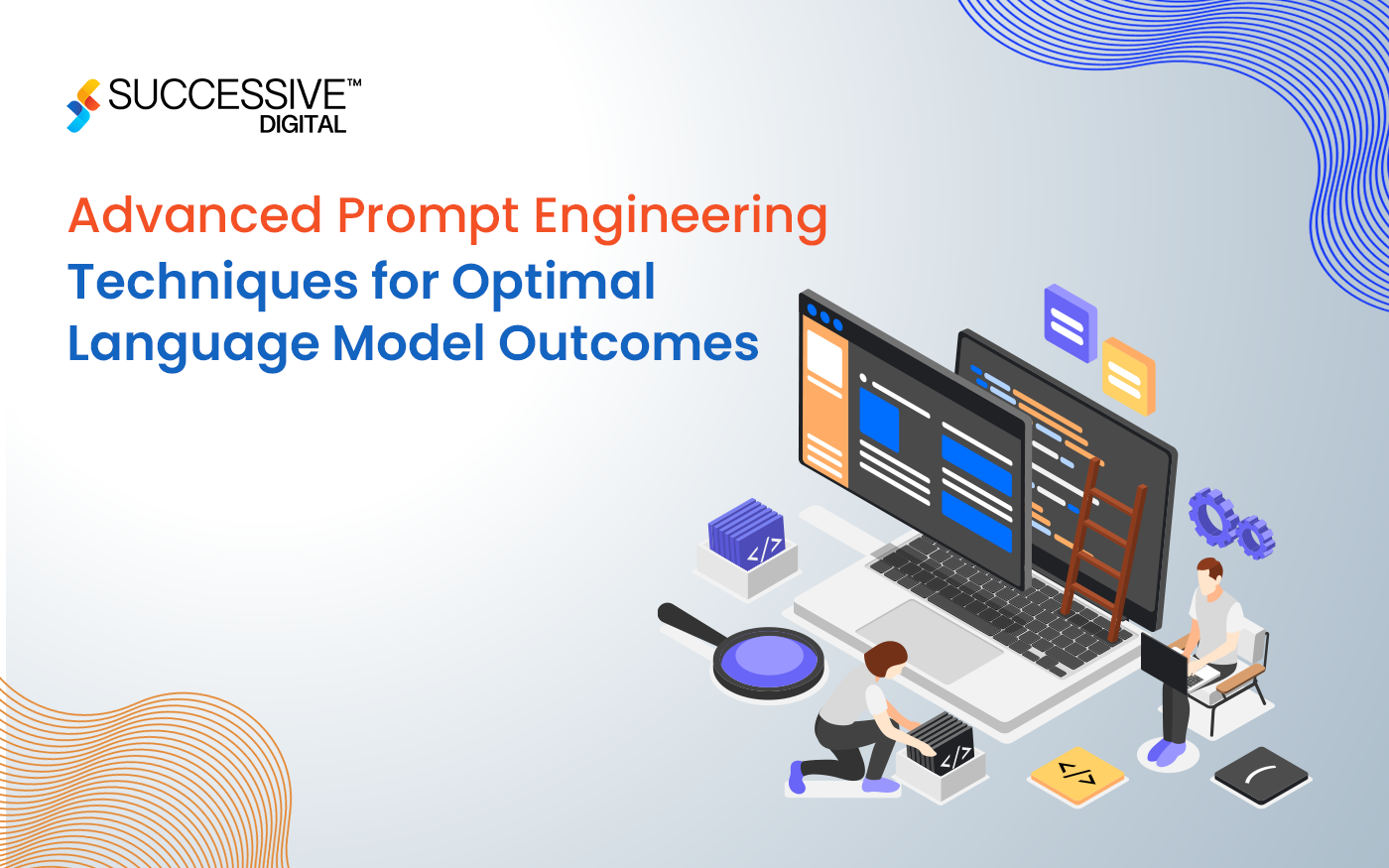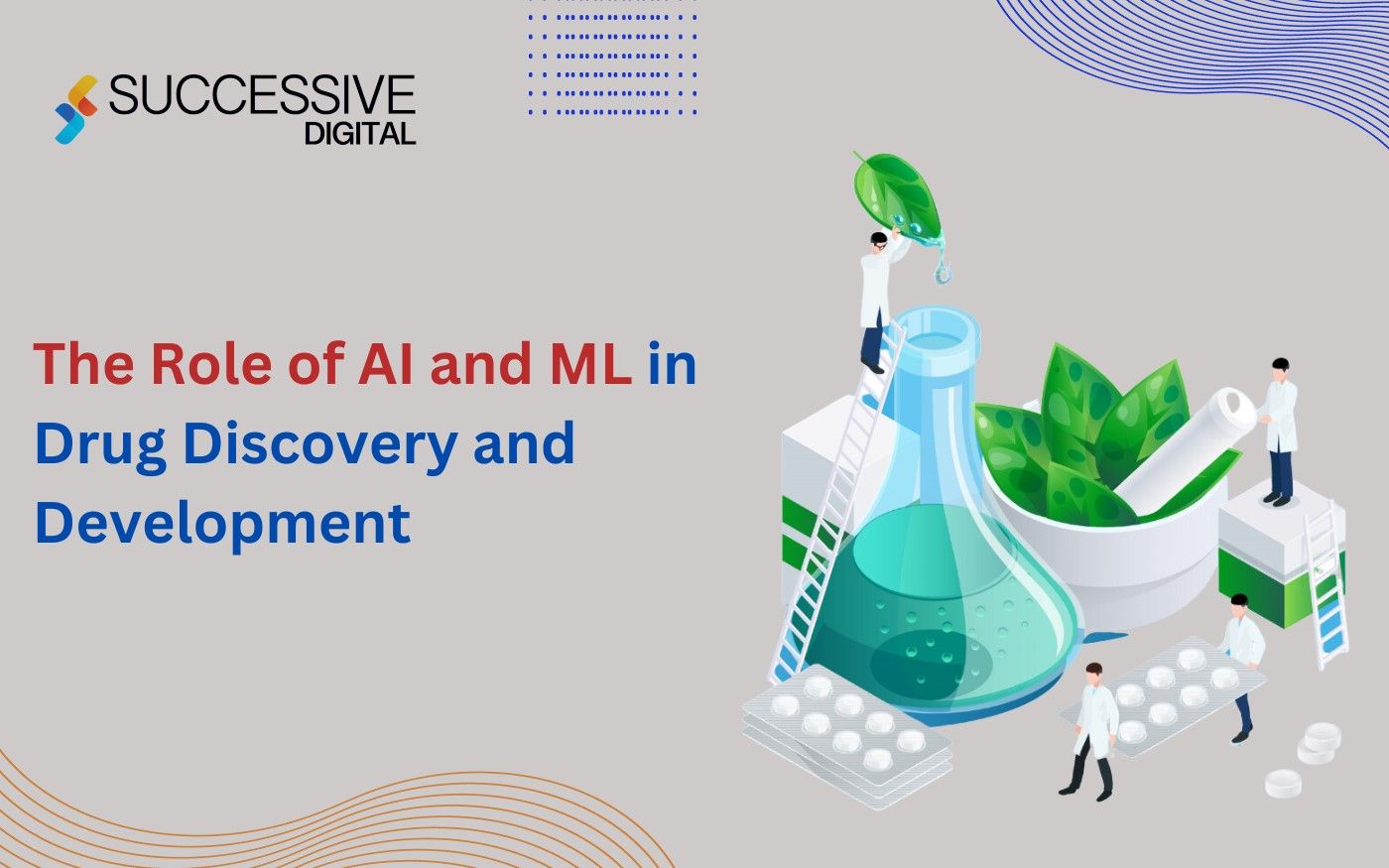What if your credit decisions could evolve as fast as your customers’ behavior? Imagine lending models that reflect who a borrower is today, in real time. This shift is rapidly transforming the BFSI industry, driven by institutions investing in a forward-looking AI Strategy, supported by specialized AI Consulting to strengthen their broader digital transformation strategy. At the center of this change is the rise of AI-driven credit scoring and next-generation AI credit scoring systems that allow lenders to move beyond static, outdated data, and toward dynamic insights that capture true financial behavior.
Credit scoring has long acted as a gatekeeper, determining who receives loans, mortgages, or business funding, often based on old and unchanging data. Yet today’s economy tells a more complex story. Every transaction, spending pattern, and digital footprint creates signals that reveal how someone genuinely manages money. This is where AI becomes transformative.
It is not merely a technology upgrade. It is a foundational shift in strategy. AI-driven credit scoring helps lenders identify potential where traditional models identified only risk. For leaders, the question is no longer whether to adopt AI but how quickly they can build the right foundation to deploy it responsibly and at scale.
The Evolution of AI Credit Scoring: From Static Models to Dynamic Intelligence
Conventional credit scoring models, such as FICO or CIBIL, are essentially rule-based and have been operating that way for a long time. They take into account factors, such as payment history, credit utilization, and loan tenure. However, these models have limitations in addressing issues related to customers with thin-file, gig workers, or micro-enterprises, which are outside the financial systems.
On the other hand, AI is a technology that can overcome the shortcomings of rules. By looking at thousands of data points, such as transaction history, mobile payments, social behavior, and even digital footprints, AI in Finance can become extremely helpful in unearthing hidden patterns for creditworthiness.
According to Gartner, 58% of the financial institutions implemented AI in credit or lending functions in 2024, while the figure is expected to reach 75% by 2026. Such an approach is more than just a pilot; it’s a full-scale operational change.
For instance, there is the case of real-time underwriting. AI models do not require sole dependence on periodic credit bureau updates to score borrowers; instead, they can do so continuously based on live data. It’s one of the most significant benefits of AI in the banking sector, a situation where lenders are not limited to just changing credit limits but can also pinpoint the very first symptoms of a late payment and customize promotion recipients in real-time, thus, abiding by regulations and ensuring that there is no bias at the same time.
What is left as an outcome? The decisions are made faster, the rate of defaults is reduced, and access to credit is expanded to different groups of people previously deprived of it.
Also read: 7 Steps to Crafting an AI-Fueled Digital Strategy for Your Enterprise
Why AI-Driven Credit Scoring Matters for Financial Inclusion in the BFSI Industry
Digital innovation in financial services is not only changing the way credit scoring is done, but also changing the people who can have access to financial opportunities. So, the main changes are:
-
Bridging the Credit Gap:
The World Bank estimates that 1.4 billion adults worldwide do not have a bank account, and most of them do not have a formal credit history. Traditional credit scoring models fail to take them into account properly and thus leave a vast number of people outside the financial system.
-
Leveraging Alternative Data:
The AI-driven systems are more flexible in what they consider as data for creditworthiness and can look at various nontraditional sources, such as utility payments, e-commerce activity, cash-flow patterns, and mobile transactions, to name a few, to create more accurate, real-time, and complete borrower profiles.
-
Unlocking the “Invisible” Borrower Segment:
By understanding behaviors that even the most advanced traditional systems fail to notice, artificial intelligence is driving fintech innovation helping financial institutions find those customers who are most likely to repay loans but have been overlooked, gig economy workers, small business owners, freelancers, and so on.
-
Driving Smarter Risk Decisions:
According to a Forbes Insights report, AI-powered credit models have lowered the default rate in risky segments by up to 20%. The result of the reduction is accomplished by accuracy and contextual decision-making, not by merely excluding those segments.
-
Ensuring Fairness and Accountability:
The saying “with great power comes great responsibility” suits big data perfectly. Regulators are currently focusing on the aspects of explainability, bias auditing, and transparency with the aim that AI and finance work together responsibly, assuring that AI-driven credit scoring is fair, traceable, and in line with the law.
Also Read: AI-Driven Insights: The Future of Reporting in Self-Storage
Balancing Innovation with Governance
AI technology comes with fewer errors and faster operation, but at the same time, it brings risks such as bias, data drift, and difficulties in regulation. A governance structure which is equally advanced as the AI models is therefore necessary for an ethically sound AI credit ecosystem.
One comprehensive framework should have:
- Explainable AI (XAI): The models have to generate outcomes that can be interpreted, thus allowing the lenders to explain the credit decisions to the regulatory bodies and the consumers.
- Bias Auditing: AI technologies need to be checked regularly, through demographic and behavioral cohorts, for the absence of bias in the treatment of different groups of people.
- Data Lineage and Quality: The data used for any model feature has to be traceable, and the collection of that data has to be in accordance with data protection regulations such as GDPR and India’s DPDP Act.
- Continuous Monitoring: Since AI is a constantly changing entity, so should be the supervisory body. Model usage should be monitored in real-time to locate drift and to stop degradation.
As per a McKinsey survey, the majority (80%) of credit risk managers intend to use generative AI or machine learning in their credit operations within the coming year, but only a small percentage have a formal governance program in place to support it.
This is the place where the right AI Consulting partner, specifically, for the BFSI industry, can be helpful in bridging the gap, not only in the implementation of AI models but also in the creation of responsible frameworks that are in harmony with business objectives and compliance requirements.
Also read: Breaking Down the Architecture of AI-Powered Document Analysis in Banking
The Strategic Edge: Where AI Meets Business Value
Apart from risk modeling, AI is radically changing the credit economics side of the business. The automation of underwriting workflows alone could bring about a 30-50% reduction of operational costs, while predictive insights could drive portfolio performance to the maximum. Banks and fintechs that are embedding AI deeply into their credit engines are the ones already enjoying the benefits of digital transformation in banking. As AI and finance continue to converge, lenders now have the tools to redesign how risk is assessed.
Here are how the institutions equipped with foresight are harnessing AI for gaining a competitive edge:
- Dynamic Pricing and Personalized Offers: By using AI, businesses can classify customers according to behavioral risk and can thus come up with variable interest rates, which can both increase the business’s profitability and help retain customers.
- Real-Time Risk Monitoring: Systems powered by AI analytics are able to notice repayment anomalies much earlier than traditional systems, sometimes days or weeks in advance, thus enabling proactive intervention.
- Cross-Functional Integration: Credit scoring has evolved beyond the risk departments; it is now being used in marketing, collections, and product innovation.
Basically, AI is turning the credit scoring function from merely a compliance-driven one into a value-creation engine. Companies with a sophisticated AI Strategy are not merely risk assessors; they are the ones who influence the financial ecospheres. This shift marks a major milestone in the evolution of AI and banking.
Final Thought
AI credit score is an excellent example of a significant digital transformation strategy that could potentially change the whole financial system of the future just by redefining risk, widening inclusion, and making new economic activities worth trillions of dollars possible. Still, it is not a game-changer that can be simply plugged in and played. Success requires a thoughtful plan, responsible product development, and an ecosystem approach.
Before getting started, financial institutions should evaluate:
- Is the AI Strategy aligned with regulatory and governance requirements?
- Do your AI credit models integrate alternative data that improves decision accuracy?
- Is your organization prepared for continuous monitoring, auditing, and model evolution?
As we step into this new era, the question remains:
Would your institution consider AI strategy as merely a tool or a trusted partner in shaping the future of credit?
If you’re exploring how to get started, connect with us












